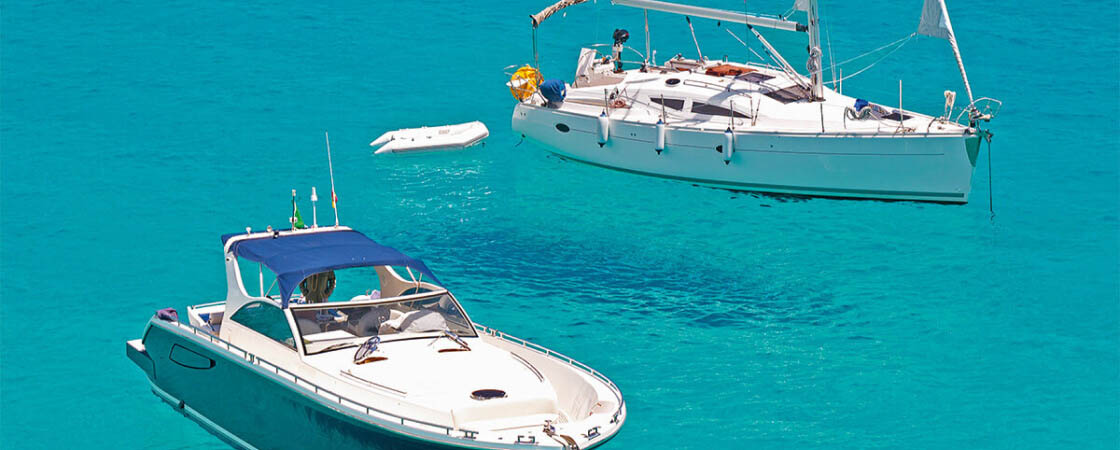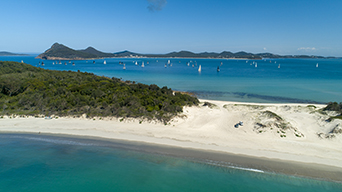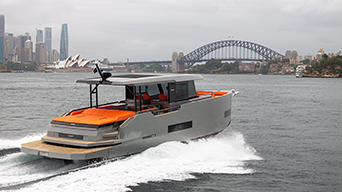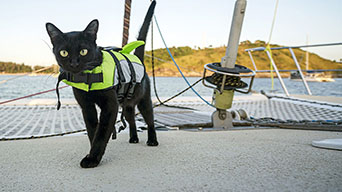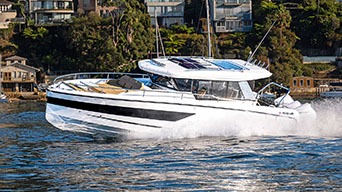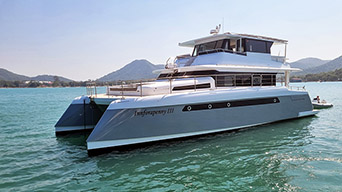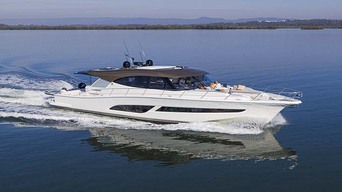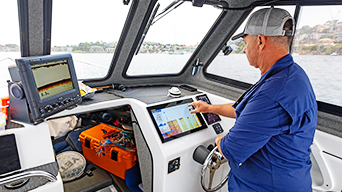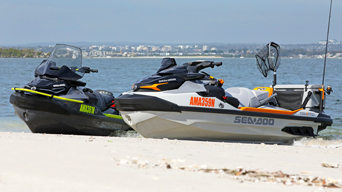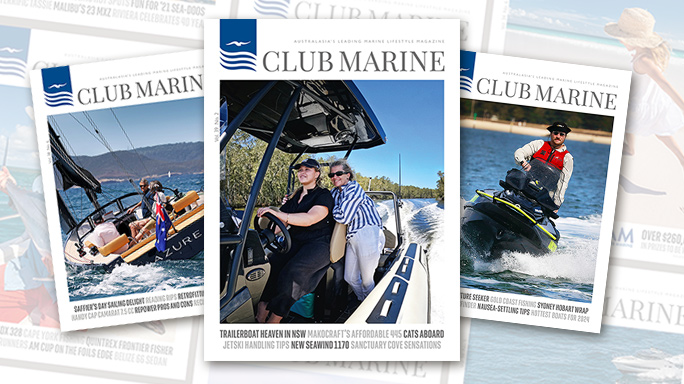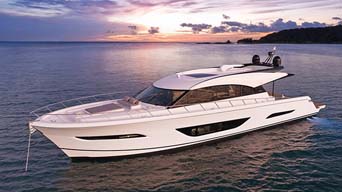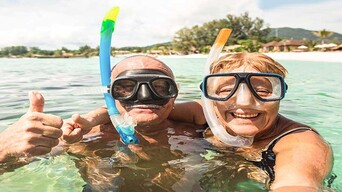In the annals of human achievement, the black art of anchoring remains almost universally ignored and unloved. Google the term and you're inundated with pages of psychobabble before an online dictionary finally bothers to give the bland interpretation: a heavy object cast overboard to keep a vessel in place.
The Star Treks of this world, and the Boy's Own Annuals of early maritime exploration, speak of Man boldly going places, with barely a mention of ever having to stop and boldly go nowhere. For Cook and Co, though, it was a lump of pig iron that commonly saved their bacon.
Today... not so much. In our perfect white-shoe world, a modern-day boatie need never drop anchor - they simply flit from berth to courtesy mooring, to restaurant wharf and back, and it's not uncommon to find new runabouts, particularly imports, devoid of deck hardware or even the most rudimentary anchor well.
But anchors live in the imperfect world, like a gale-blown lee shore with a recalcitrant motor or a raging tide that renders sails impotent. In such circumstances, the ill-forgotten discipline of anchoring becomes the last, desperate, defensive handbrake turn before oblivion.
Not so many years ago, there was a rendezvous of a certain cruiser brand on a NSW waterway, with a sumptuous luncheon awaiting. These prim and polished craft had motored from far and wide, yet upon arrival their owners simply plonked down the pick before hitting the plonk themselves. As the sea-breeze gained vigour, no fewer than half a dozen vessels began dragging. The knowing folk ashore allowed themselves a private chuckle and another spoonful of dessert as tenders were frantically scrambled.
Similar stories abound from the Whitsundays bareboat charter world. In one case, a honeymooning couple anchored in three metres of water at high tide, disregarding the tidal variation and, upon return from a bushwalk, found the boat firmly aground. A cold, soggy and unromantic night on the beach ensued.
Another famous case involved a charterer radioing the base to ask: "Can you send more anchors out?" It transpired that the novice skipper had cast the main and reserve anchors adrift on the first two mornings.
Rocket science it ain't, so let's drop the pick and consider the basics.
